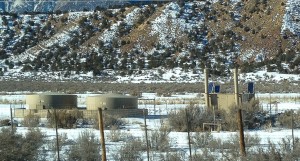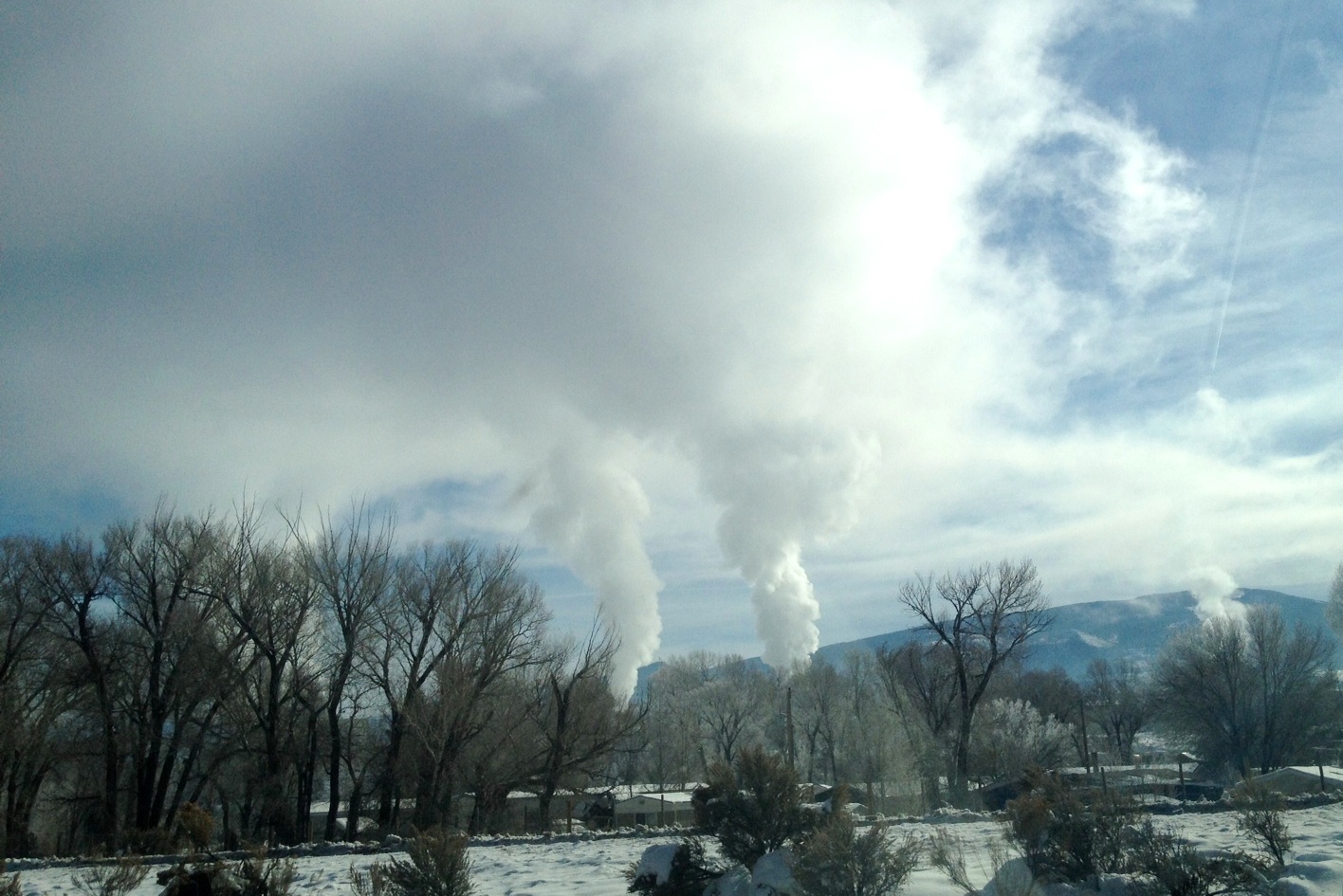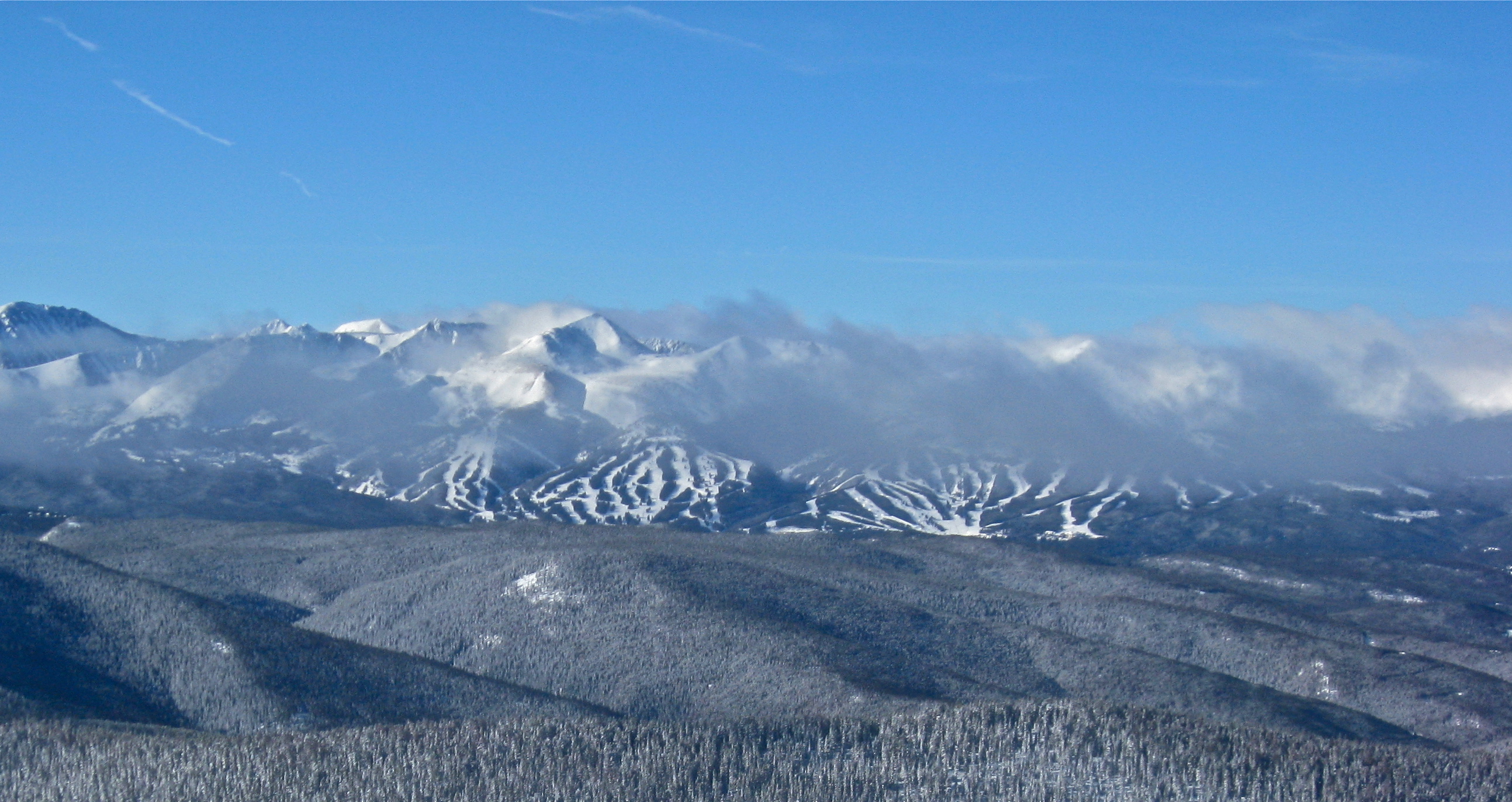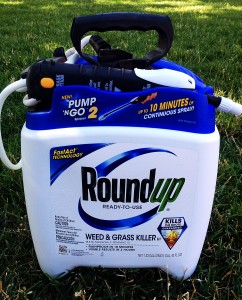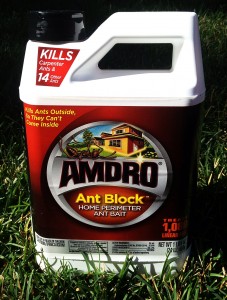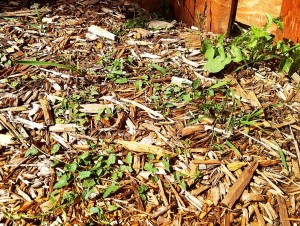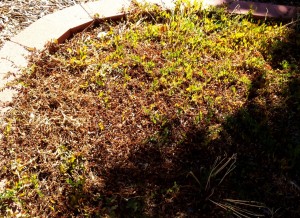When you drive along I-70 between Vail Pass and Grand Junction through Colorado’s Western Slope it’s easy to get lost in the beauty of the mountain west. In fact, you should get lost in the beauty. If you look a little closer at the landscape, you’ll see all the signs of Colorado’s energy environment – the oil and gas industry, renewable resources, and even history related to the Manhattan Project. I make this drive a few times each year and have seen the growth and change.
Driving east-to-west, you first pass Vail ski resort. Although all you’ll see are the hotels and ski runs, Vail has been a significant player in wind power and sustainability within the resort industry.
You could drive through Glenwood Canyon dozens of times before noticing the Shoshone hydroelectric generating station. It’s been generating power for western Colorado since 1909!
I’ve seen the small town of Rifle go from a rest stop along the highway to a hub for the booming natural gas industry since the boom of 2007-2009. Exit I-70 for some gas or food and you’ll be in traffic behind trucks from Haliburton, Schlumberger, and every other oil and gas company working the west. The impact on the landscape is now hard to miss. One of the more interesting impacts today is all the storage tanks, which are ironically powered by solar panels.
The newest addition to this areas energy resources is the biomass power plant in Gypsum, which just opened December 16, 2013. As I made this drive last week, the steam coming out of the plant was impossible to miss, since it blocked out the sun for a moment. This plant will be burning trees from pine bettle-kill and from forest burn areas to produce steam to produce electricity. This will help clear badly burned and damaged forest areas.
The discussion of biomass as a renewable energy source and environmentally-friendly is not as cut and dry as solar or wind as renewable energy. Biomass is considered carbon neutral, meaning it doesn’t produce any additional carbon dioxide. Although trees are renewable, it’s debatable regarding how renewable versus the amount of energy they produce. Then there is the air pollution. Burning wood produces a lot of particulate matter, which isn’t as toxic as burning fossil fuels, but it is a regulated pollutant under the Clean Air Act. Just think about the last time you sat around a camp fire or your fire place. It’s an interesting, new power source for the west, whose debate will continue.
As you drive west into Grand Junction, there’s no easy-to-see signs of the Department of Energy’s involvement in the Manhattan Project, but it’s there. There is still a DOE facility in Grand Junction, which once processed the uranium from nearby mines. Grand Junction has seen the ups (jobs and growth) and downs (cancers and illness from improper disposal).
Hydroelectric, biomass, natural gas, and nuclear power. That’s an impressive list of resources to take in without leaving the comfort of your cars. It’s an energy environment resource driving tour.


